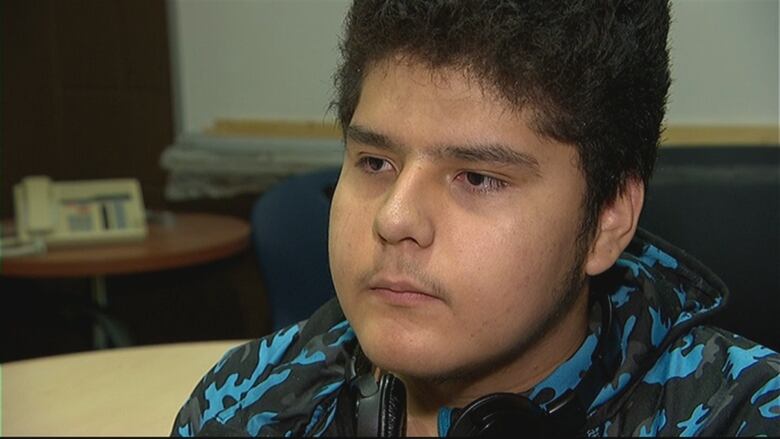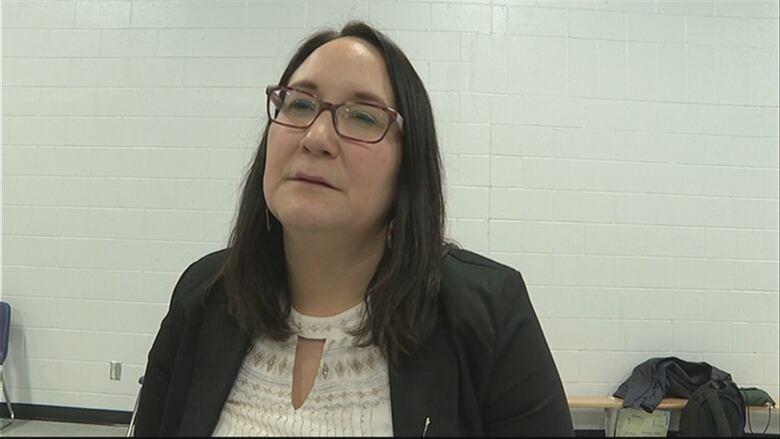'I felt like walls were closing around me': Indigenous youth speak out on Sask. youth suicide report
Children's advocate talked to more than 250 teens from across the north

A year ago, Daniel Bird was in a bad place.
In 2015, his mother died suddenly in the northern community of Southend, 500 km northeast of Saskatoon. Soon after, his father moved out of the house.
"I felt like walls were closing around me," he said. "I could just feel it starting to gently squeeze up against me, every once in a while."
- 'Our kids are crying out for help': Sask. report shares Indigenous youth solutions on suicide
- Hopes high as Sask. child advocate releases youth suicide prevention report
- 'They're not just statistics. Our little girls are dying': FSIN vice-chief
Eventually, like many teenagers in northern Saskatchewan, Bird started to consider suicide.
"I usually just stayed home, rather than go out with friends," he said. "I usually just stayed home rather than go out and do anything."
The 15-year-old's story is common in northern Saskatchewan. Nearly half of the young people who died of suicide in Saskatchewan over the past five years were Indigenous. The suicide rate among First Nations people in the province is 4.3 times higher than the rate among non-First Nations people.
This week, Saskatchewan's Advocate of Children and Youth released a massive report on youth suicide in the north. Advocate Corey O'Soup and a team of researchers spoke to more than 250 young people over the span of a year to find solutions to the issue.
"We need to be encouraged to speak out on what's going on in our lives," Birdsaid. "Everyone's situation is different."
No surprises
The report is organized into five youth calls to action, spanning bullying prevention, creating more diverse activities for youth and making communities safer.

"There were no surprises whatsoever in the report," said Kristianna Mercredi, vice-principal of Churchill Community High School in the northern Saskatchewan town of La Ronge. "What was brought forth by our youth was what I see every day in my position."
In 2016, six girls in La Ronge committed suicide in less than a month. The tragedies grabbednational headlines and partially led to the child advocate's report.
"It's basically the same for boys and girls," said Mercredi. "We have many students who struggle with mental health issues and there's no real definition between genders."
The report stresses community solutions are the best way to deal with suicides, but there must be enough resources to implement them.
"Honestly, I think solutions come from us," she said. "Often people are waiting for the school to do something or (social services) to do something or RCMP or mental health to do something. But, really, it comes down to everyone in the community."
Meanwhile, Daniel Bird is living with his older sister and says he is doing better. He says his family is the reason he gets up in the morning.
He has a simple message for any Indigenous young person going through a difficult time.
"I would just tell them, 'You are perfect and you were born perfect,' " he said. "It's just your situations that aren't perfect."
With files from Olivia Stefanovich, Bridget Yard












_(720p).jpg)


 OFFICIAL HD MUSIC VIDEO.jpg)
.jpg)



























































































